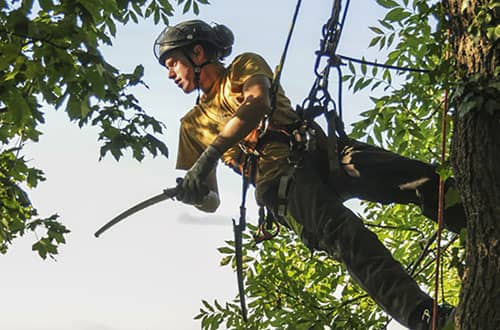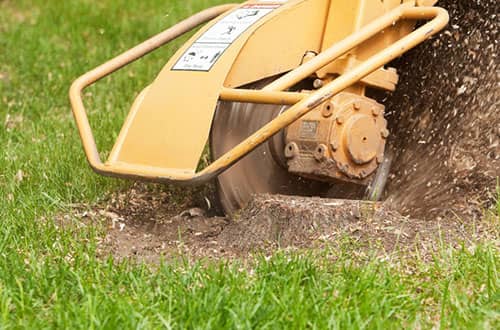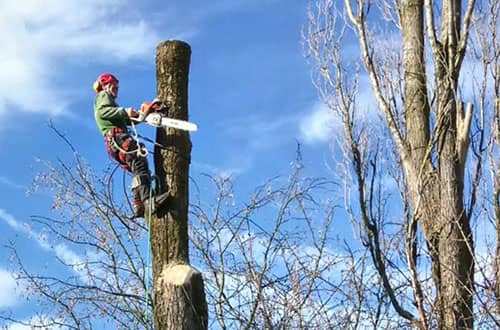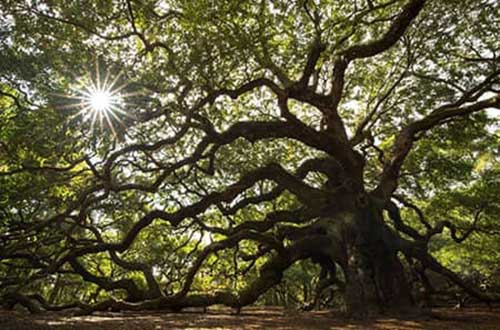Tree care
Modern tree care encourages strong growth, improves plant health, and removes damaged limbs, all which gives aesthetic appeal to a tree while increasing the safety of people, animals and buildings in the trees vicinity.
Crown thinning
Crown thinning involves removing a number of secondary branches in such a way that it produces a balanced crown structure, without altering the overall size or shape of the tree. Generally weak and poorly formed branches are selected during the thinning process. The result is an increase in the amount of light that can pass through the tree. It also reduces the pressure that wind places on the tree, increasing the trees stability during storms.
Dead wood removal
Most trees will have dead or dying branches in their crowns. This can be a natural process as the tree grows and internal branches don’t receive enough light to survive. It is also common for branches to die off due to disease and fungus attack. Dead branches will snap and fall to the ground when they can no longer support their own weight. It is therefore necessary to remove the deadwood from trees whee people and property is present to prevent injury and damage. The professional removal of dead and dying branches can also prevent further infection spreading to other parts of the tree.
Crown lifting
Trees that are near roads and buildings can have their crowns raised by removing lower branches. Crown lifting gives more clearance to vehicles and people, additionally it can increase the light levels.
Crown reduction
Sometimes trees can grow too large for the location they have been planted at. Crown reduction aims to make the tree physically smaller by cutting back the tips of the branches. This also has the additional effect to reduce the weight of the tree and increase it’s stability during storms.
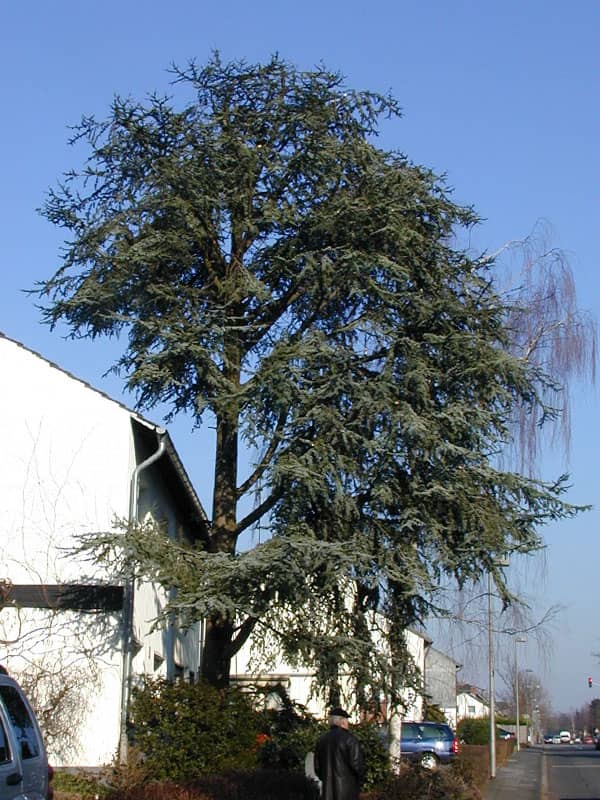

We can help with your trees
Are the ash tree branches touching the roof? Maybe the poplar tree is getting too big and becoming unsafe? No matter what your tree problem, our tree inspectors are there to answer your questions.
Our on-site consultations are free of charge.

